Compiled and edited by Nicole DeSimone
This Fall, UVA was delighted to welcome six interns who helped advance the organization’s core mission. Each intern brought their own personal set of skills to UVA, but they all had one thing in common: the belief that local art enriches our communities. Read more about our interns below:
Cecilia Christman graduated from Boston College in 2019 with a degree in Art History. Since then, she has interned at the Smithsonian American Art Museum, where she contributed to exhibitions that privilege the voices of women, Black Americans, and Indigenous people. Her professional goals include pursuing a purpose-driven career in which she assists underprivileged communities and individuals. Cecilia is excited to support the Allston-Brighton arts community and to promote social change through her curatorial work at UVA. Outside of the arts, Cecilia is passionate about environmental justice and animal rights. On the weekend, you’ll find her exploring Massachusetts State Parks with friends.
Nicole DeSimone is a freelance writer in the Boston area. She studied English and Journalism at Simmons University, where her poetry appeared in the school literary magazine. She hopes to bring her passion for writing and communications to Unbound Visual Arts and to learn how multimedia communications can better connect nonprofits to the communities in which they serve. In addition to writing, Nicole loves browsing bookstores, watching old movies, and taking long nature walks.
Karlena Fletcher is a fourth-year BFA candidate at Boston University’s College of Fine Arts. She is studying Painting, Art History, and Arts Leadership. She believes that art should be accessible to all and hopes to bring that passion to her work at UVA as she learns about the curatorial process and how to elevate the arts within a community. Karlena loves to travel and explore new places (especially places with good art museums), but when she’s stuck at home she enjoys cooking, crafting, and watching movies.
Instagram: @artbykarlena
Enrica Gabriele-Smith is a graduate of Wellesley College, where she earned a BA in English and minor in Economics. She is excited to pursue her interest in development and arts administration, and hopes to bring her technology skills and passion for nonprofit work to Unbound Visual Arts. In her spare time, she enjoys taking ceramics classes, baking, and working on her creative writing projects.
Wenshuai Shi is a photographer. She majors in Photography and Integrated Media at Lesley University in Cambridge. She is mainly working on studio photography but also dabbles in street photography and video. She is a lover of galleries and museums. Her enthusiasm for exhibitions and curation led her to Unbound Visual Arts, where she can have a better understanding of visual art and apply her technology and knowledge to web design and exhibition. Outside of work, she is a fan of horror movies and horror games.
Caitlin Thompson is currently pursuing her Bachelor’s in Music in Flute Performance with a minor in Arts Leadership at Boston University. Caitlin is currently Treasurer for the nonprofit, Colorful Bridges, and is passionate about accessible interdisciplinary arts education. She hopes to bring a diversified perspective as well as her strengths in writing and communications to Unbound Visual Arts. She hopes to continue strengthening her knowledge and experience in the nonprofit arts sector and to work in development and grant writing. In her free time, Caitlin enjoys watching TV, cooking, and travelling.
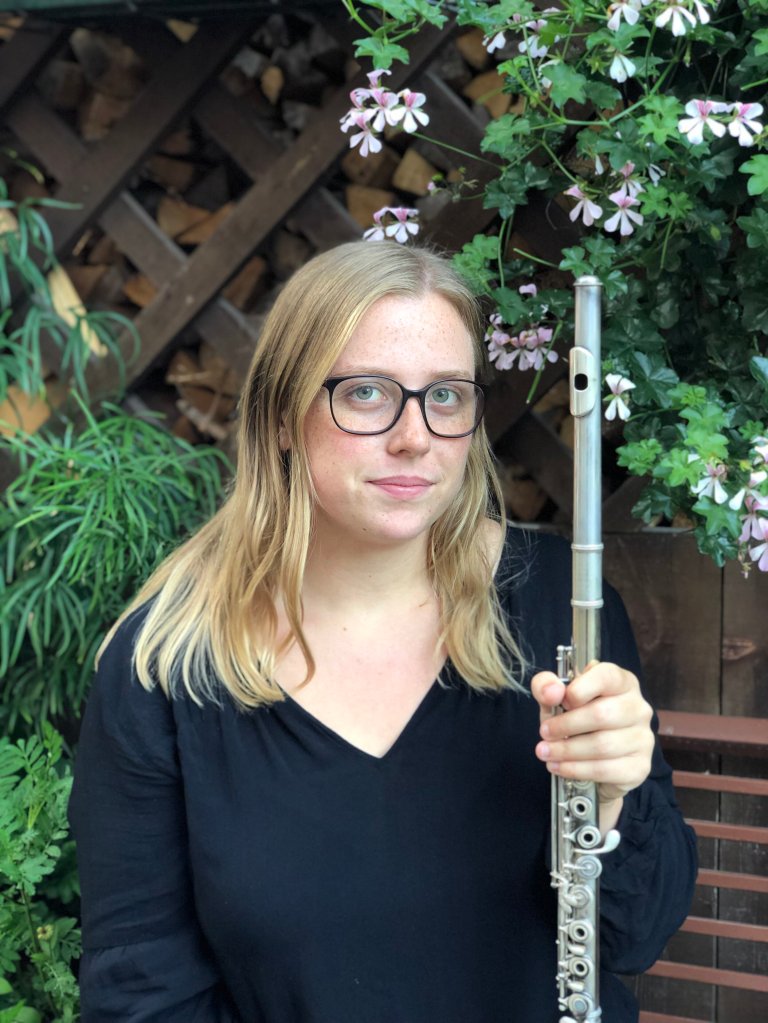
Thank you to the interns for all your hard work!

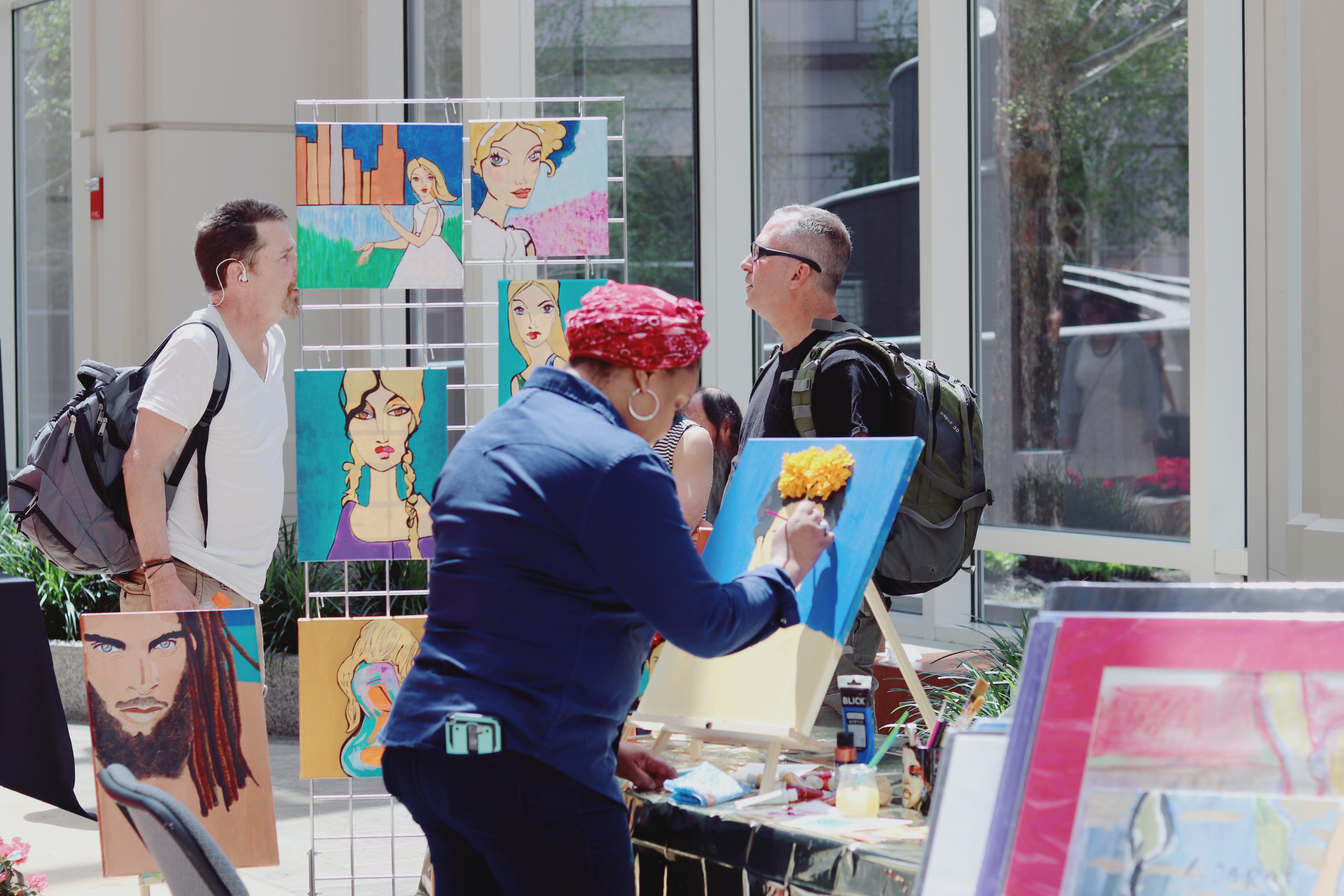
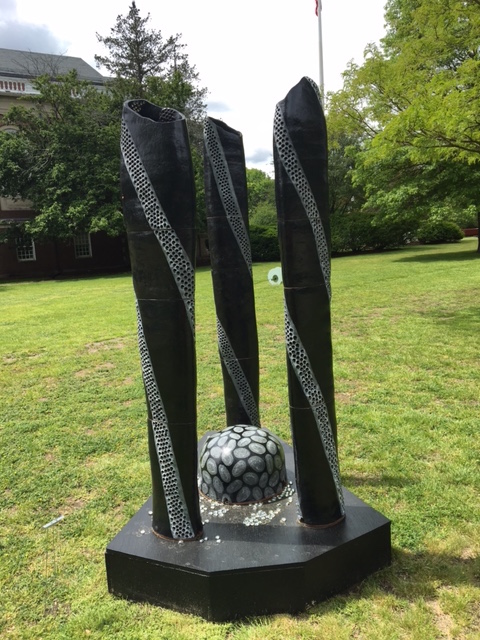 Congratulations to Greg Cook of WBUR ARtery. He’s put together a very fine diverse
Congratulations to Greg Cook of WBUR ARtery. He’s put together a very fine diverse 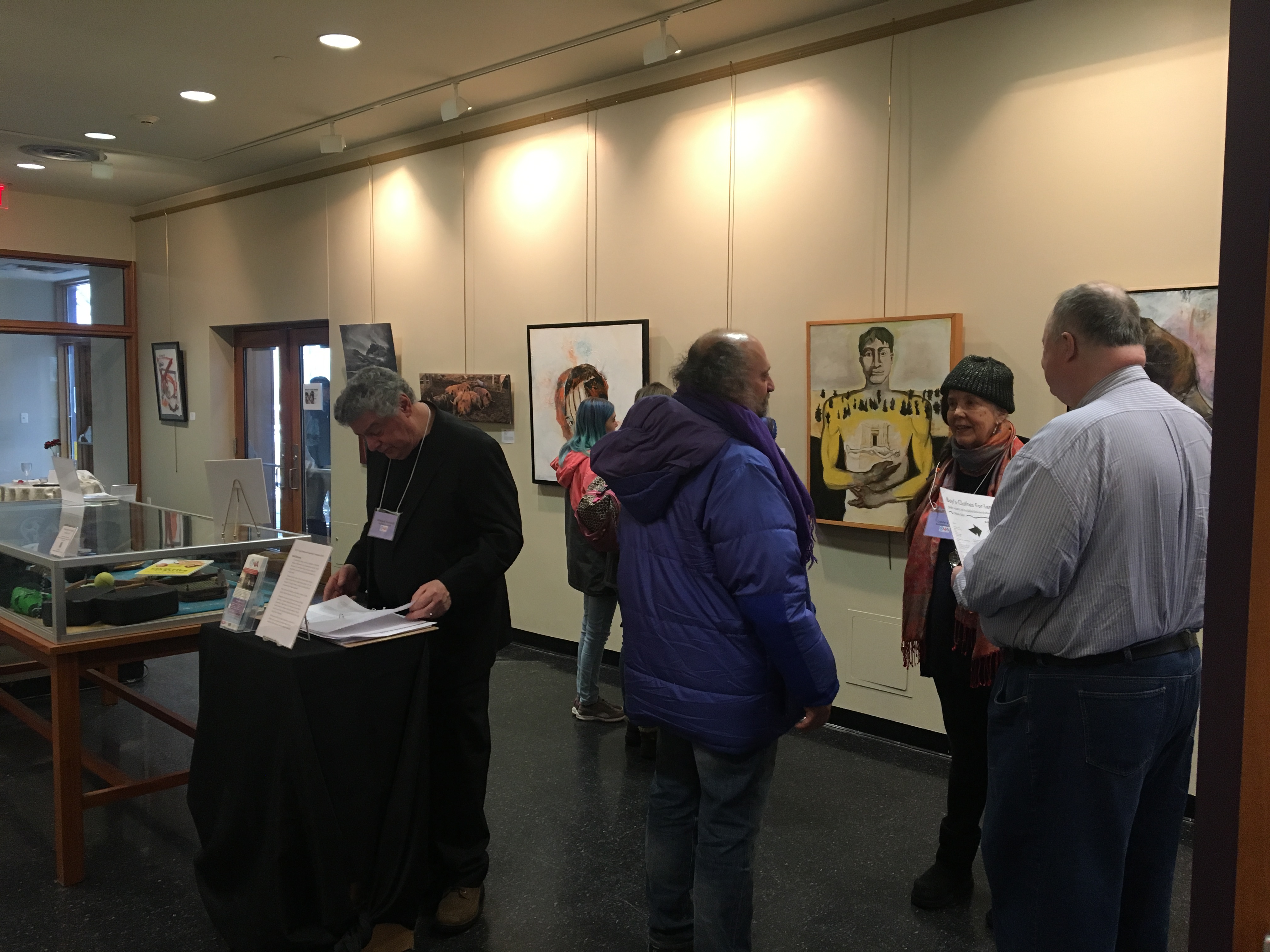 “….Massachusetts has not been a particularly hospitable environment for the living artist.” Do you know when this was written? Well, In 1937, the Massachusetts: A Guide to Its Places and People was published. This was just as the current institute of Contemporary Art/Boston was getting organized under its original name of the Boston Museum of Modern Art. The guide was a project of the Works Progress Administration (WPA) and The Federal Writers Project. It was intended to employ writers during the Great Depression. In the over 500 pages, an eight page chapter is devoted to “Art” and the authorship is credited to an individual named Dorothy Adlow. The opinions she expressed give us a glimpse of how the art sector for current art was viewed nearly 80 years ago. Here are a few quotes which may sound like they were written today.
“….Massachusetts has not been a particularly hospitable environment for the living artist.” Do you know when this was written? Well, In 1937, the Massachusetts: A Guide to Its Places and People was published. This was just as the current institute of Contemporary Art/Boston was getting organized under its original name of the Boston Museum of Modern Art. The guide was a project of the Works Progress Administration (WPA) and The Federal Writers Project. It was intended to employ writers during the Great Depression. In the over 500 pages, an eight page chapter is devoted to “Art” and the authorship is credited to an individual named Dorothy Adlow. The opinions she expressed give us a glimpse of how the art sector for current art was viewed nearly 80 years ago. Here are a few quotes which may sound like they were written today.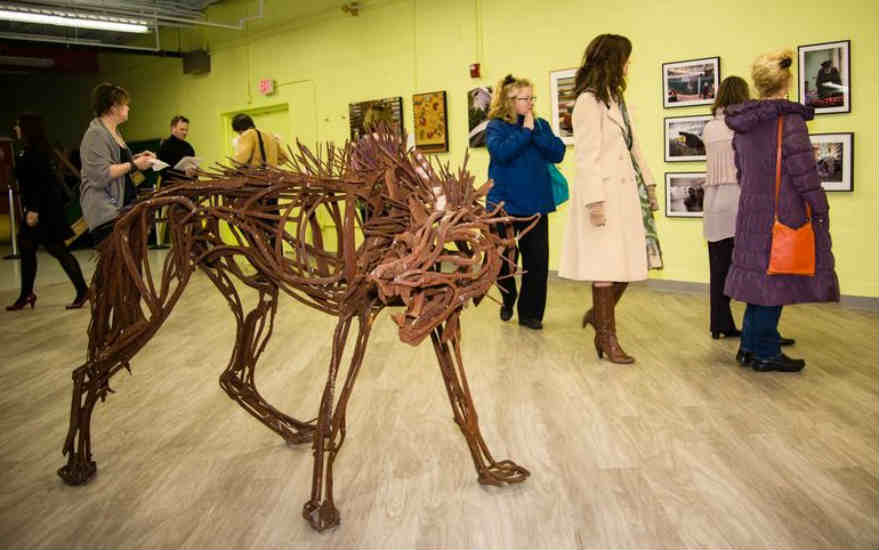
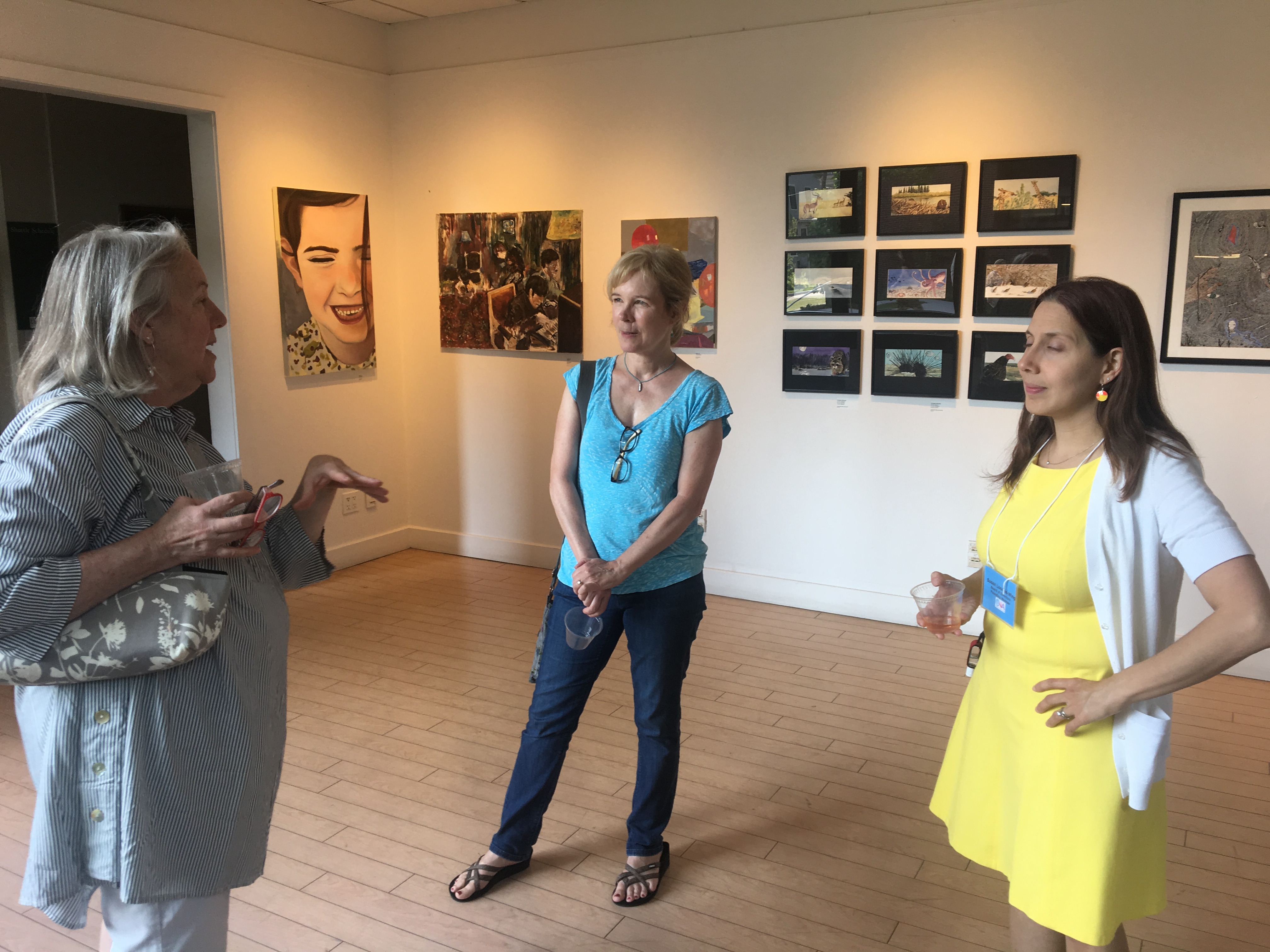
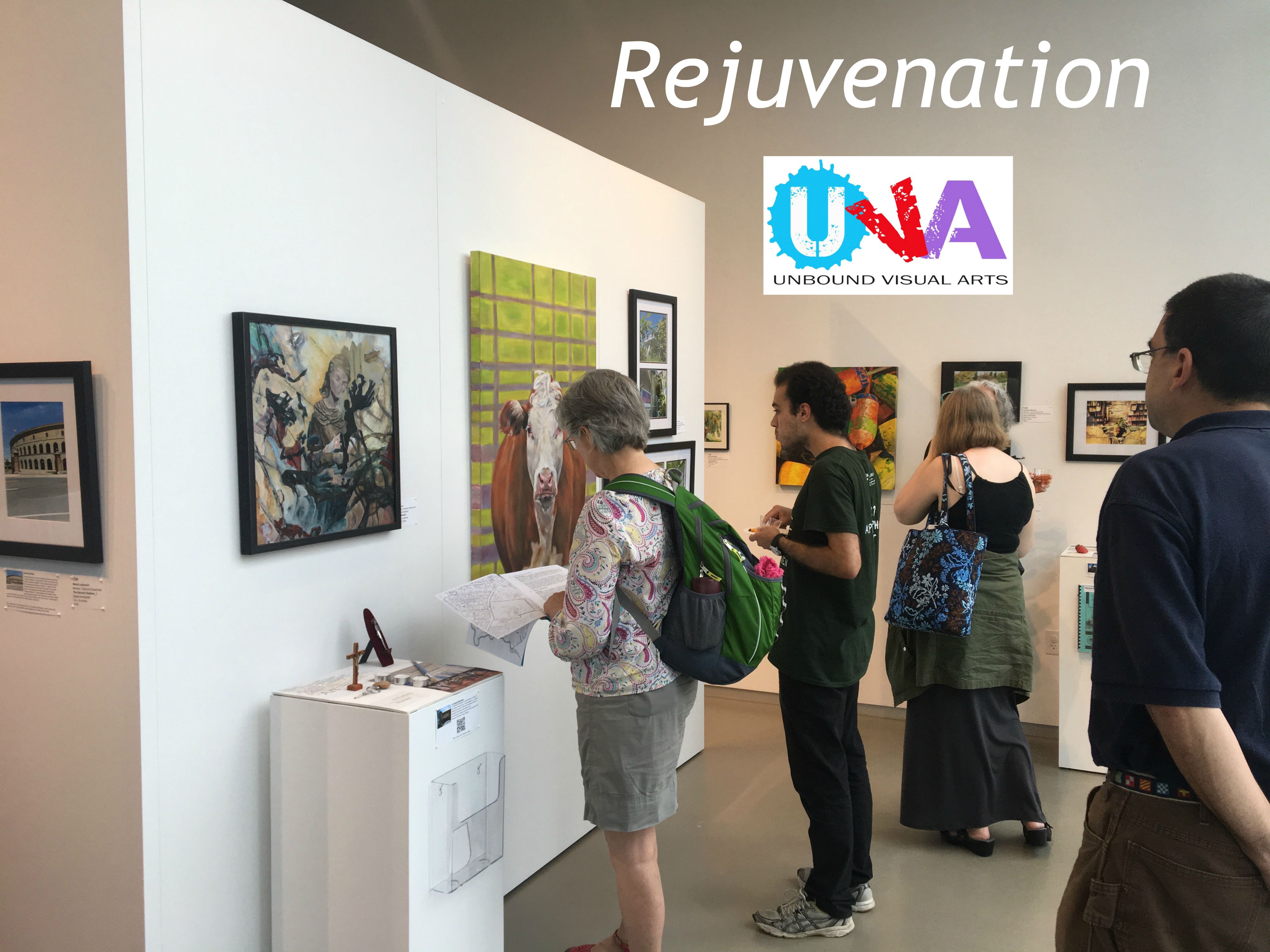 An exhibition should be both powerful and engrossing. Through their meaning and purpose, all exhibitions can provide opportunities for learning by the stories that they tell. That includes contemporary art exhibitions which are also about presenting ideas and passion through the inner depth of the artist and their artistic creations. This is age of ideas and of inquiry when the the audience wants more.
An exhibition should be both powerful and engrossing. Through their meaning and purpose, all exhibitions can provide opportunities for learning by the stories that they tell. That includes contemporary art exhibitions which are also about presenting ideas and passion through the inner depth of the artist and their artistic creations. This is age of ideas and of inquiry when the the audience wants more.